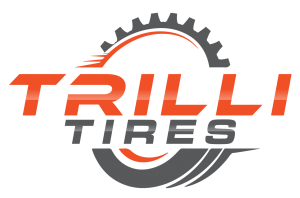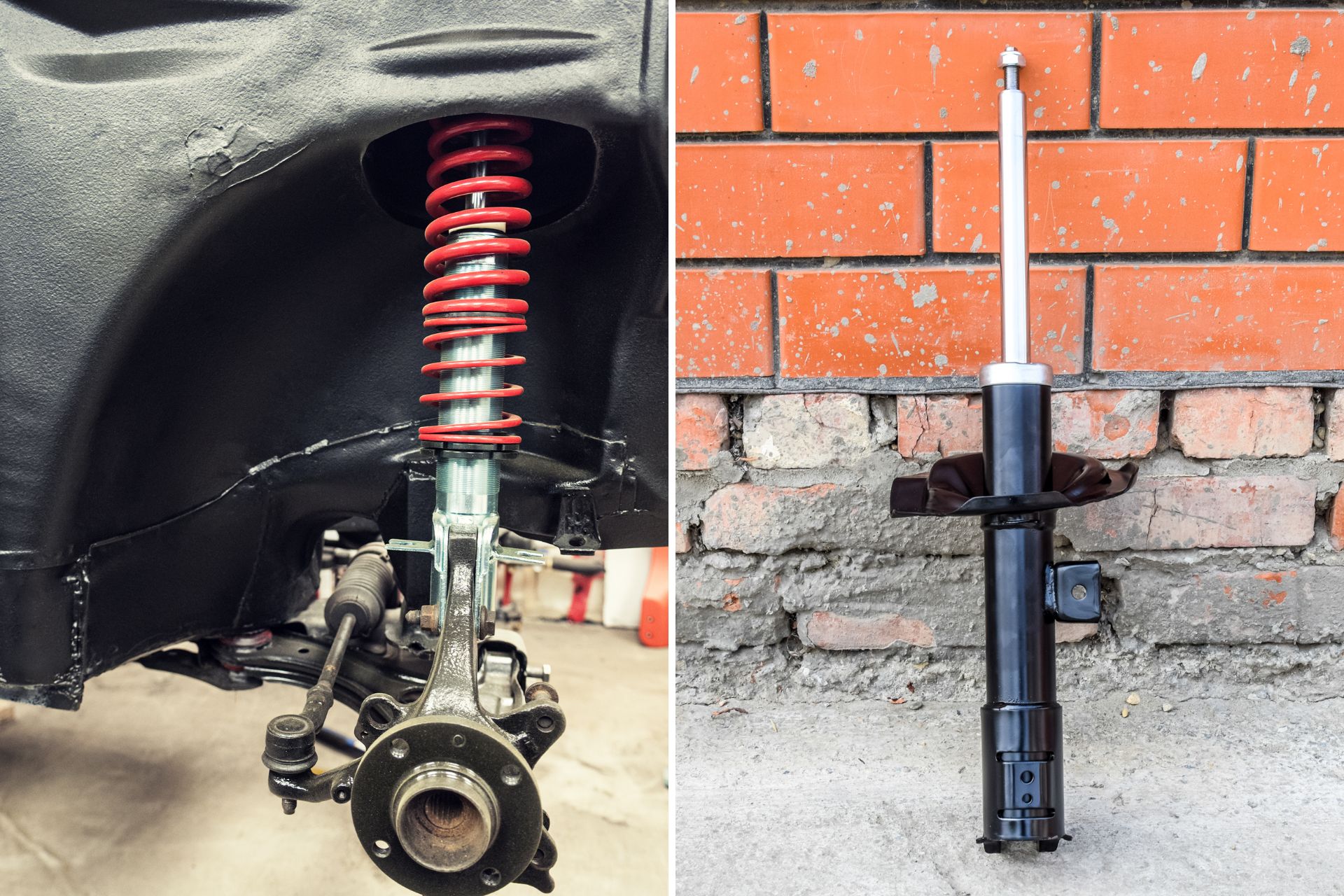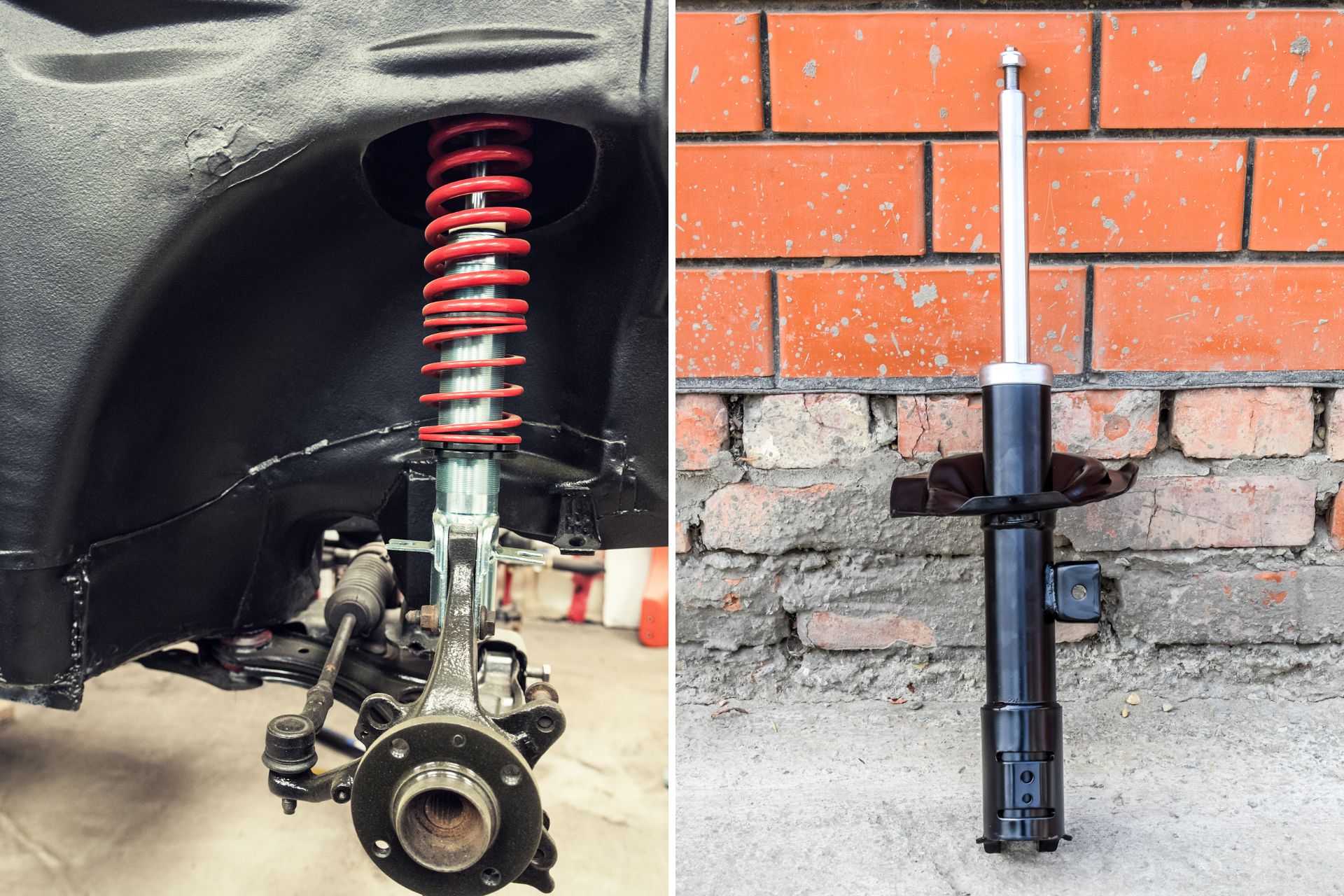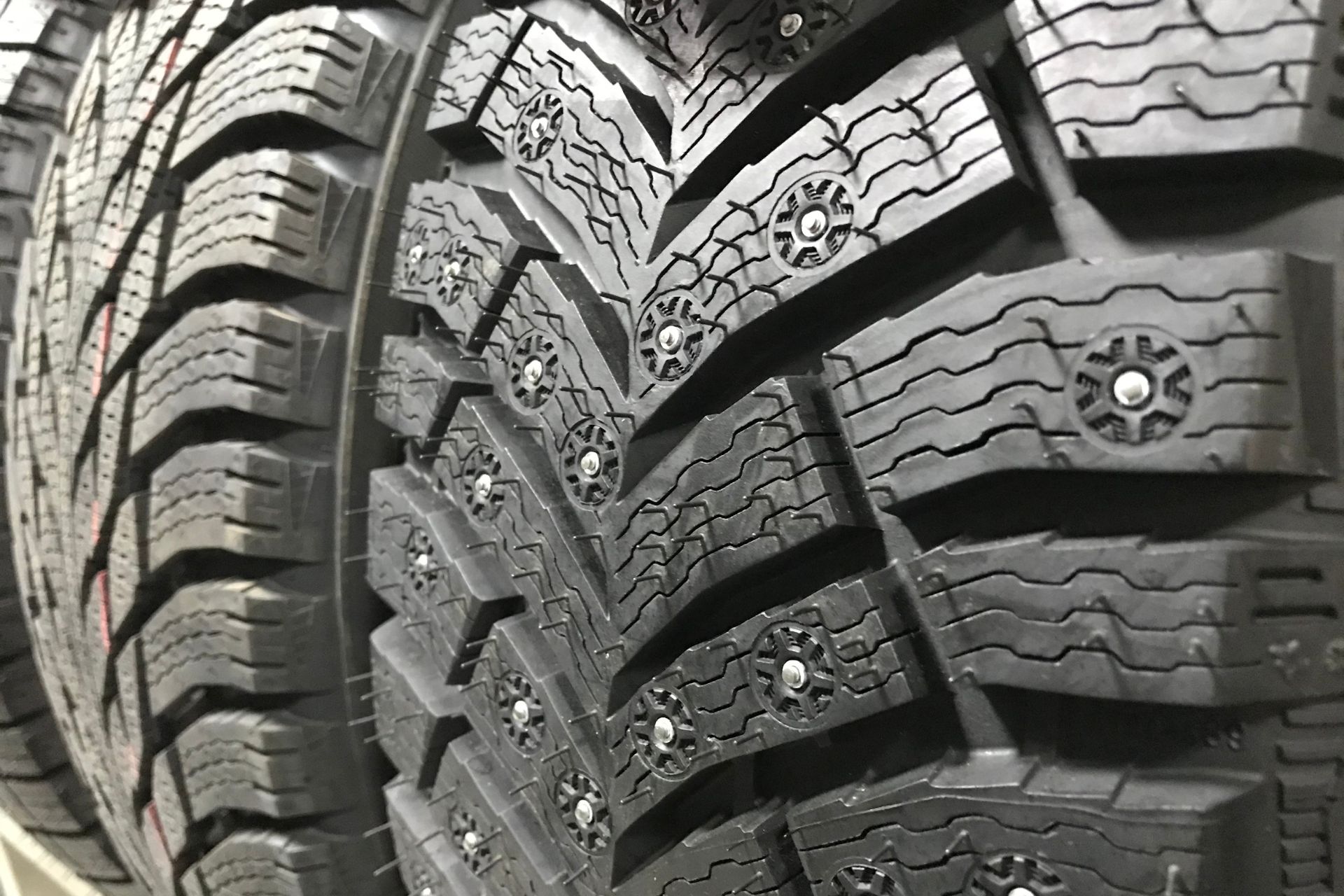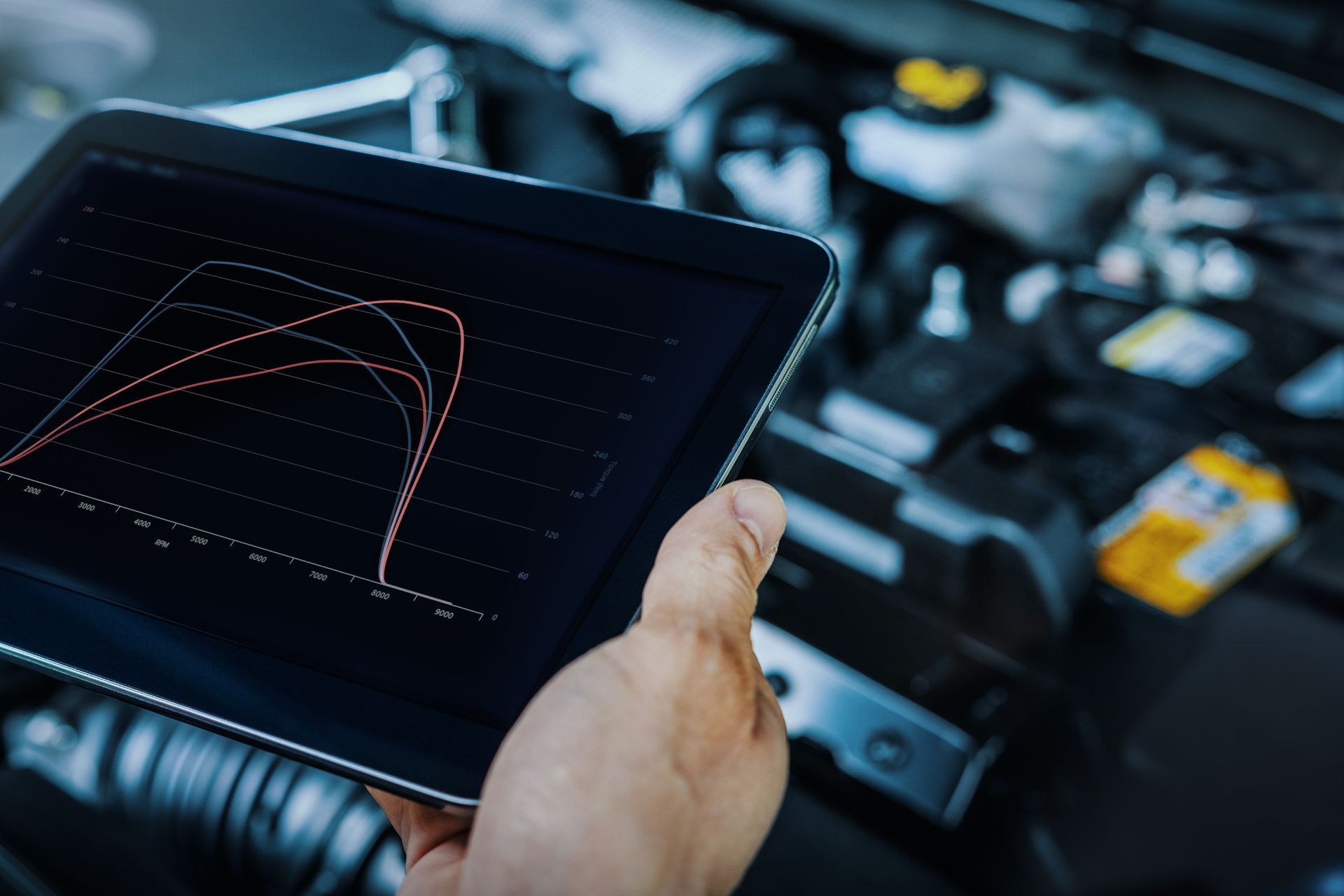The suspension system in your vehicle plays a critical role in providing a smooth and safe driving experience. It’s responsible for absorbing road shocks and keeping the vehicle stable, especially when driving over bumps or uneven terrain. One key component of the suspension system is the strut. While struts help maintain comfort and safety, over time, they can wear out. Recognizing the signs that your struts are no longer functioning properly can save you from costly repairs and ensure your vehicle stays safe on the road. In this article, we’ll explore the common signs that indicate it’s time to replace your struts.
What Are Struts and What Do They Do?
Before we dive into the warning signs, it’s important to understand their role in your vehicle’s suspension system. Struts are a type of shock absorber that also serves as a structural component of the suspension. They are designed to control the movement of the suspension and maintain the proper alignment of the wheels. Unlike shock absorbers, which primarily dampen movement, they also support the weight of the vehicle and play a critical role in the vehicle’s handling, steering, and overall stability.
Struts are found in the front suspension of most vehicles, although some vehicles may have struts on all four corners. Since they perform multiple functions, it is crucial that they are in good condition for optimal vehicle performance.
1. Excessive Bouncing After Hitting a Bump
One of the most noticeable signs that the part is worn is excessive bouncing after hitting a bump or pothole. When struts are functioning properly, they prevent your vehicle from bouncing uncontrollably after an impact. If you notice that your car continues to bounce for an extended period, it may indicate that the struts have lost their ability to absorb shock effectively. This bouncing can make driving uncomfortable and unsafe, especially at higher speeds.
2. Uneven Tire Wear
Worn struts can lead to uneven tire wear, which is one of the key indicators that your suspension system needs attention. If the they are not absorbing shock properly, it can cause the tires to make irregular contact with the road, leading to abnormal wear patterns. This could manifest as bald spots, cupping, or excessive wear on one side of the tire. Uneven tire wear can be costly as it reduces the lifespan of your tires and can impact the overall performance of your vehicle.
3. Leaking Fluid
They contain hydraulic fluid that helps dampen the suspension’s movement. Over time, the seals on the struts can degrade, causing fluid leaks. If you notice an oily or greasy substance on or around the area where they connect to the vehicle, this is a strong indication that they are leaking fluid. Leaking fluid reduces the strut’s ability to function properly and can lead to a complete failure of the component. If you spot a leak, it’s important to have your struts replaced as soon as possible.
4. Nose Diving When Braking
If your vehicle dips forward when you apply the brakes, this is known as “nose diving.” When struts are worn, they can no longer stabilize the vehicle when braking, causing the front of the vehicle to dip more than normal. This can make braking feel less responsive and more dangerous, particularly in emergency situations. Nose diving is often a sign that the struts are unable to handle the weight transfer that occurs when braking, and it’s a clear indication that they may need replacement.
5. Rough Ride or Increased Road Noise
A smooth ride is one of the benefits of a well-maintained suspension system. If you notice that your vehicle feels rougher than usual when driving over bumps, potholes, or even on smooth roads, it could be a sign that the struts are worn out. The ones that are no longer functioning properly can cause the vehicle to feel bouncy, jarring, or unstable. Additionally, worn struts can amplify road noise, making the cabin noisier than usual. If you experience these symptoms, it’s a good idea to have your suspension system checked.
6. Steering Issues or Poor Handling
They not only help with shock absorption but also play a key role in vehicle handling. Worn struts can cause poor steering response, making the car feel less responsive to inputs from the steering wheel. You might notice that the vehicle pulls to one side or doesn’t track straight while driving. This can be dangerous, especially when navigating sharp turns or highways. Struts that are past their prime may also make the vehicle feel “loose” or “sluggish” when turning, as they no longer keep the suspension components stable.
7. Visible Damage to the Struts
In some cases, the struts may show visible signs of damage, such as rust, cracks, or bent parts. Inspecting the struts visually can help identify if there is any noticeable physical damage. Rust can weaken the strut, leading to its eventual failure. If you see any visible signs of wear, such as large cracks or bent components, it’s time to replace your struts.
8. Instability When Turning
When turning corners, you should feel in control and stable, with the vehicle maintaining its alignment. Worn struts can cause instability during turns, making the vehicle feel unbalanced. You may notice that the vehicle leans excessively to one side or feels “wobbly” when navigating turns. This instability can make handling the vehicle more difficult, particularly when driving at higher speeds or in poor weather conditions.
9. Increased Braking Distance
As struts wear out, they lose their ability to keep the vehicle stable during braking. This can result in longer stopping distances, which can be hazardous, especially in emergency situations. If you find that it takes longer for your vehicle to come to a complete stop, it may be due to worn struts affecting the vehicle’s stability and braking performance.
10. Difficulty in Maintaining Alignment
Struts are crucial for maintaining proper wheel alignment. If the struts are worn or damaged, it can cause the vehicle to go out of alignment more frequently. Misalignment can lead to uneven tire wear, poor handling, and difficulty steering. If your vehicle requires frequent alignment adjustments, worn struts may be the culprit.
Wrapping Things Up
Struts are essential components of your vehicle’s suspension system, and it’s important to pay attention to any signs that they may be worn or damaged. From excessive bouncing and uneven tire wear to poor handling and increased braking distances, worn struts can have a significant impact on your vehicle’s safety and performance. Regular inspection and timely replacement of struts are crucial for maintaining a smooth, stable, and safe driving experience.
If you suspect that your struts are worn and need replacement, contact TrilliTires in Richmond Hill. Our experienced team can inspect your suspension system and provide professional strut replacement services to ensure your vehicle stays in top condition.
